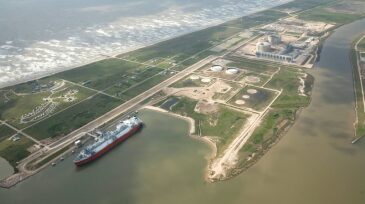Carbon capture and storage
The early enthusiasm for carbon capture and storage (CCS) is showing signs of strain as the limited capital availability and political support become clearer.
The two companies said they will evaluate the possibility of a joint venture to develop a direct air capture hub in South Texas, with XRG considering investing up to $500 million.
The plant at Heidelberg Materials’ cement facility in Brevik, Norway, has captured its first 1,000 metric tons of carbon dioxide.
-
Equinor will use the semisubmersible rig Transocean Enabler, which is already under contract, for the work planned for later this year.
-
The largest oil company in the US said it's prepared to make a $15-billion down payment to achieve net-zero operational emissions by 2050.
-
Gas processor Lucid Energy is moving forward with a plan to inject a mix of carbon dioxide and hydrogen sulfide deep below New Mexico’s portion of the Permian Basin. The project is designed to keep injecting for 30 years.
-
SPE Canada held its first carbon capture, utilization, and sequestration (CCUS) workshop in May 2021. The workshop in Calgary enabled SPE members, CCUS-focused entrepreneurs, finance providers, and policy makers to share knowledge related to emissions issues, policy, economics, technology development, and geologic considerations.
-
Selling reservoirs’ empty pore space may become a new, big business.
-
While the world focuses on carbon dioxide—its problems and its uses—many are looking at how to move it around. Fortunately, a pipeline infrastructure already exists. Unfortunately, the pipelines were made for natural gas and not enough is known about how that infrastructure can handle carbon dioxide.
-
Moji Karimi, CEO of Houston-based startup Cemvita Factory, talks about the status of oil and gas investments in the emergent technology arena of carbon capture, utilization, and sequestration.
-
Companies join forces in carbon capture project near LNG facility.
-
The international consultancy has agreed with Russia’s Rosneft to evaluate the state-owned major’s carbon capture potential.
-
Talks between the operators of a trio of competing projects remain active as Canada looks to cut emissions by 40% over the next decade.













